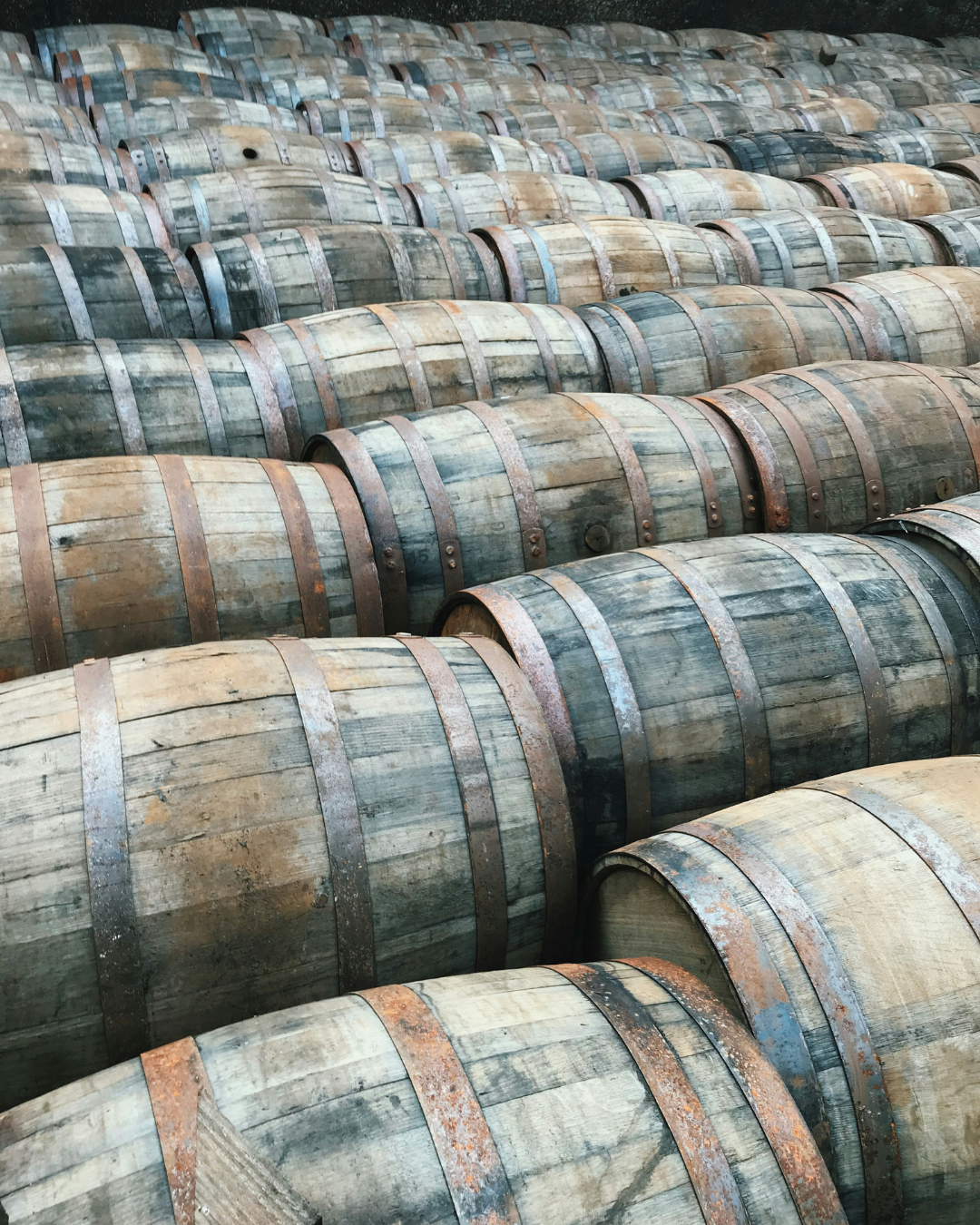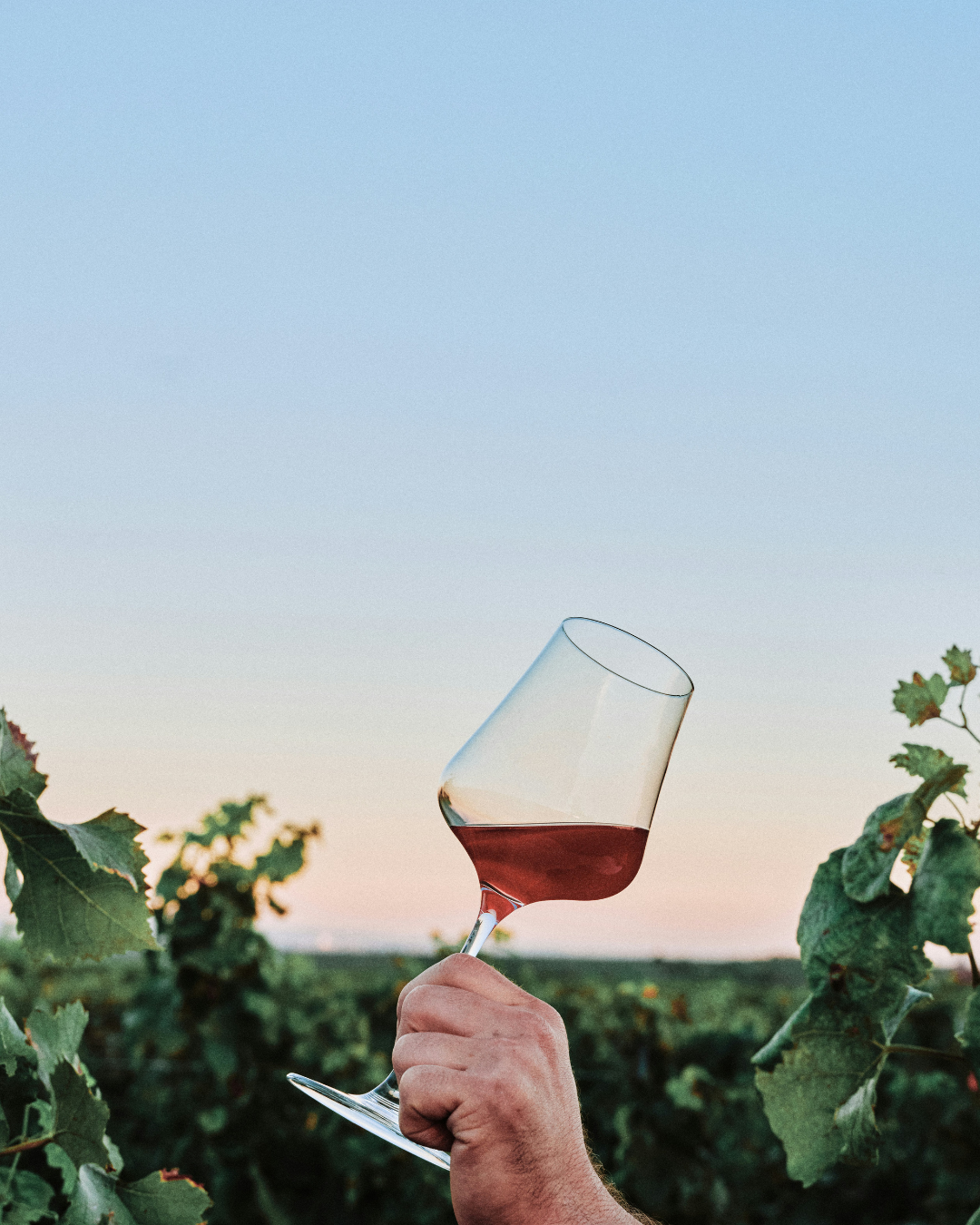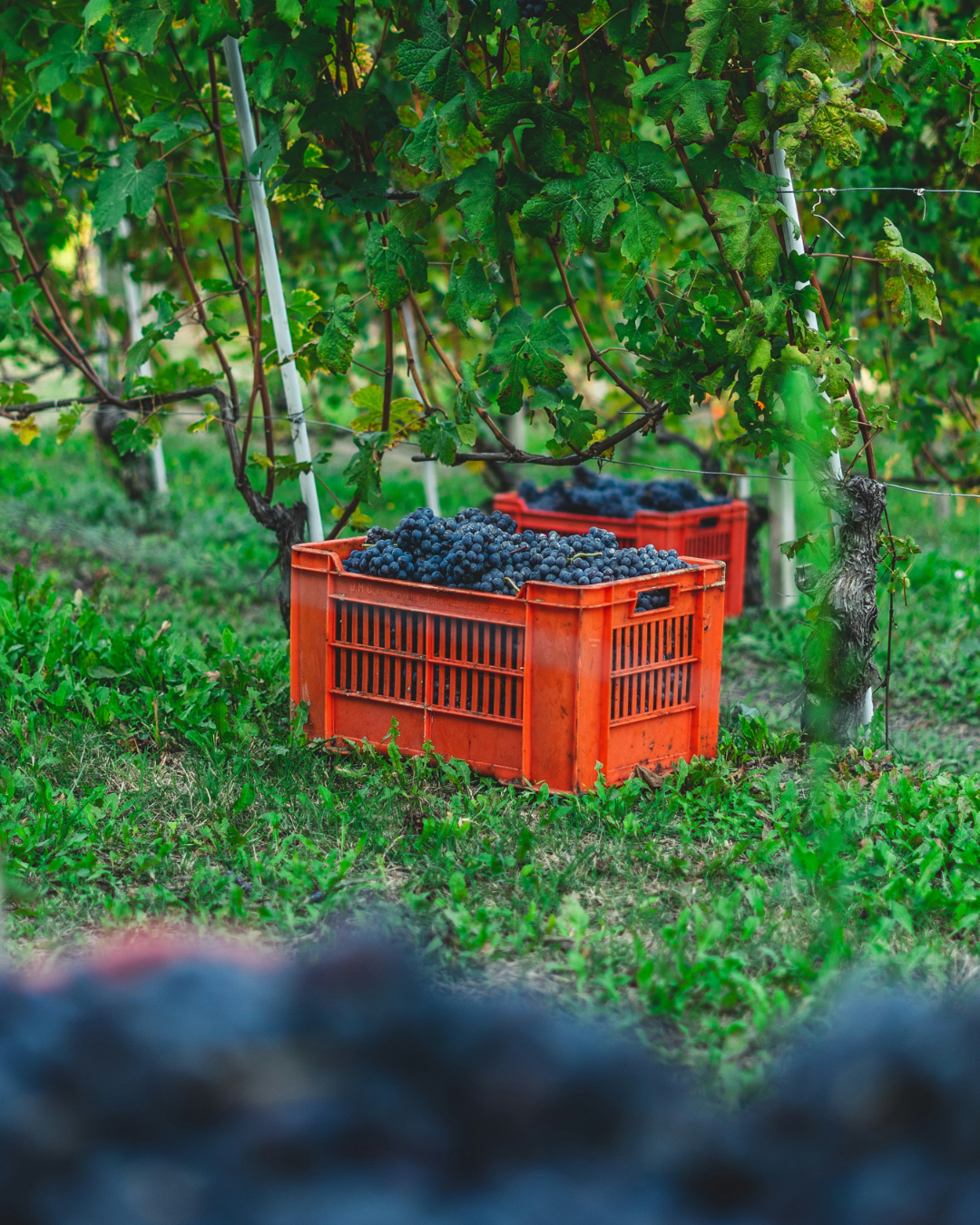
Vintages & Wine Value: What you need to know
In the wine world, not all years are created equal. A Château Margaux 1982 and a Château Margaux 2013? Night and day. Some vintages are meant to be enjoyed young, others gain value with time, and a few are best avoided altogether.
If you want to drink at the right moment, buy smart, and avoid opening a wine that’s too young or past its prime, here’s your ultimate guide to understanding how vintages impact wine quality and value.
📌 Why Does the Vintage Affect a Wine’s Quality and Price?
Great wine isn’t just about terroir and winemaking—it’s also about weather.
1️⃣ Climate: The Ultimate Vintage Judge
Weather conditions shape everything:
✔️ Plenty of sunshine & good ripeness → Wines are rich, powerful, and built to age.
✔️ A balance of warmth & freshness → Harmonious wines with long aging potential.
✔️ A cold or rainy summer → Lighter, sometimes austere wines best enjoyed young.
This is why some vintages become legendary, while others are snubbed by collectors.
📌 The Best & Worst Recent Vintages to Know
🔥 Bordeaux: The Star Years
✅ 1990, 2000, 2005, 2009, 2010, 2016, 2019 → High-ripeness years, great for investment & aging.
❌ 2013, 2017 → More challenging years, often best enjoyed young.
🔥 Burgundy: The Mythical Years
✅ 1999, 2002, 2005, 2010, 2015, 2019 → Top aging vintages, great for speculation.
❌ 2003, 2004, 2007 → Hot or irregular years, better for early drinking.
🔥 Rhône: When Heat Does the Work
✅ 1990, 1999, 2001, 2005, 2010, 2016 → Aromatic powerhouses built for long aging.
❌ 2002, 2008 → Cooler years, often less concentrated.
👉 Moral of the story? Always check the vintage before buying. A top producer in a weak year will still make good wine—but it might not reach the expected heights.
📌 Buying Wine by Vintage: How to Make the Right Choice
There are three strategies, depending on your goal:
1️⃣ Drinking Within 5 Years
If you don’t want to wait a decade, focus on:
✔️ Softer, more accessible vintages (2017 Bordeaux, 2014 Burgundy).
✔️ Dry whites & lighter reds that evolve quickly.
✔️ Natural and some organic wines, often made for early drinking.
2️⃣ Aging for a Grand Moment in 10–20 Years
If you're looking for cellar-worthy wines:
✔️ Solar, balanced vintages (2005, 2010, 2016…).
✔️ Grand Crus from Bordeaux & Burgundy, built to last.
✔️ Rhône & Italian wines, often powerful and long-lived.
3️⃣ Buying for Investment & Resale
If you're aiming to speculate, go for:
✔️ Top-ranked vintages (2000, 2009, 2010, 2016…).
✔️ Burgundy wines with limited production—rarity creates value.
✔️ Vintage Champagnes from major houses, which appreciate over time.
📌 Should You Buy Young or Aged Vintages?
💀 The classic mistake: Buying a young vintage without patience.
A Bordeaux 2019 or Burgundy 2020? Fantastic wines… but they won’t truly shine until 2030 or later.
💡 The smart move: Buying wines already at maturity.
Some specialized merchants offer well-aged wines, saving you the wait.
📌 Conclusion: Always Check the Vintage Before Buying
✔️ A great wine from a bad year will always be just good.
✔️ A talented winemaker can rescue a tough vintage—but not perform miracles.
✔️ Buying blind without checking the vintage? You’re taking a risk.
👉 Moral of the story? Whether you're buying or opening a bottle, checking the vintage can save you from serious disappointment.



Leave a comment
This site is protected by hCaptcha and the hCaptcha Privacy Policy and Terms of Service apply.